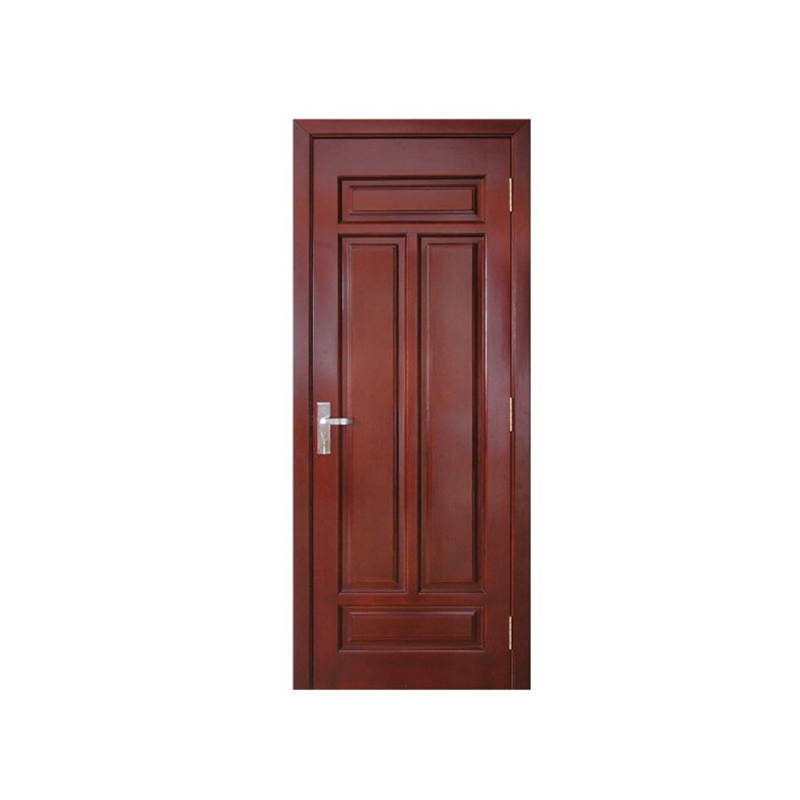2025-06-27
The modern construction and interior design industries have seen a growing interest in materials that combine visual appeal with lasting performance. One such product gaining traction is the laminated door. These doors offer an attractive balance between form and function, making them suitable for both residential and commercial use. As people seek stylish yet practical solutions for doors, the laminated door stands out due to its aesthetic versatility and reliable construction.
Visual Versatility in Design
A key reason homeowners and designers opt for a laminated door is the variety of finishes available. Laminate sheets come in numerous patterns, colors, and textures, including wood grain, matte, glossy, and abstract designs. This allows the door to complement diverse interior themes, whether it's a contemporary apartment, a minimalist office, or a cozy living room.
The ability to replicate the look of natural materials without their cost or maintenance needs also adds to the appeal. A laminated door can provide the warmth of wood or the sleekness of metal finishes without requiring constant care. This variety gives designers more freedom to experiment while ensuring a consistent appearance throughout a space.
Resistance to Wear and Tear
The practical benefits of a laminated door is its resistance to scratches, stains, and fading. Unlike natural wood, which may warp or discolor over time, laminated surfaces are engineered to withstand frequent use and exposure to light and humidity. This makes them especially suitable for high-traffic areas such as schools, hospitals, hotels, and office buildings.
The core material—often high-density fiberboard (HDF) or medium-density fiberboard (MDF)—adds structural stability to the laminated door. When paired with a quality laminate finish, the result is a door that can handle daily stress while maintaining its original look. Additionally, cleaning these doors requires little effort, typically needing just a wipe-down with a damp cloth.
Budget-Conscious Durability
A laminated door offers long-term cost efficiency, especially in commercial projects where dozens or even hundreds of units may be installed. Thanks to their durable surface, the need for repairs or replacements is reduced, reducing overall maintenance expenses. This makes them a practical solution for developers and contractors who value both aesthetic consistency and lifecycle performance.
Environmental and Safety Benefits
Another advantage associated with the laminated door is the increasing availability of eco-conscious materials. Many manufacturers now use low-VOC adhesives and recyclable cores to meet sustainability goals. In addition, fire-rated and water-resistant variants can be selected for environments that require extra safety precautions, such as kitchens or industrial facilities.
Customization Possibilities
Beyond finishes and textures, a laminated door can be customized in terms of size, thickness, and edge treatment. Whether a client needs a flush door with minimal hardware or a panel door with inset glass, manufacturers can tailor the design to meet specific project requirements. The flexibility in customization ensures the door fits not just the aesthetic but also the functional demands of the space.

The laminated door offers a well-rounded solution for those seeking style, durability, and practicality in a single product. From visual appeal and low maintenance to affordability and environmental considerations, this type of door continues to gain popularity in both residential and commercial projects. As interior preferences evolve, the laminated door remains a versatile and dependable option for various design needs.
